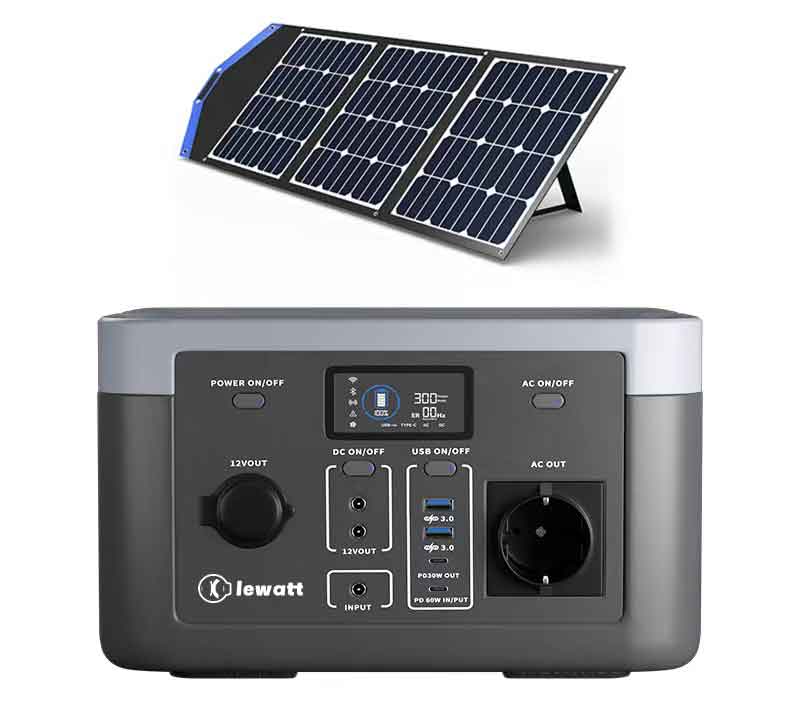Portable Power Station for 300-600w Portable Power Station
A 400-watt portable solar generator is a portable power device that integrates a solar panel, a storage battery (or direct storage system, such as a super capacitor or lithium battery pack), a controller, and an inverter (if AC output is required). The generator uses solar energy to charge and provide power output when needed, making it ideal for outdoor exploration, camping, emergency backup power or remote areas.
Main features:
Portability: Compact design, light weight, easy to carry and move.
Environmental protection and energy saving: completely rely on solar energy for charging, no pollution emissions, environmental protection and energy saving.
Independent power supply: does not rely on the grid, can provide power in the absence of power areas or grid failures.
Versatility: It can be equipped with multiple output interfaces (such as USB, DC, AC, etc.) to meet the charging needs of different devices.
Technical Specifications (example) :
Solar panels:
Peak power: 400Wp
Conversion efficiency: Usually between 15% and 22%
Folded or unfolded design for easy carrying and storage
Battery:
Capacity: Depends on the specific design, but usually provides enough storage to support power output for a certain amount of time
Type: May be lithium batteries, lead-acid batteries or other efficient energy storage devices
Controller:
Intelligent charge management to protect the battery from overcharge, overdischarge, short circuit and other damage
May contain an LED display to display information such as power, charging status, etc
Inverter (if AC output is required) :
Convert the direct current in the battery to alternating current
The output power may be slightly less than 400W to account for conversion efficiency and device safety
Usage scenario:
Outdoor adventure and camping: Provide power for tent lights, portable refrigerators, mobile phones, cameras and more.
Emergency backup power: Provides temporary power support to homes or offices during natural disasters or grid failures.
Work in remote areas: Provide power to field workstations, monitoring stations or mobile medical teams.




















